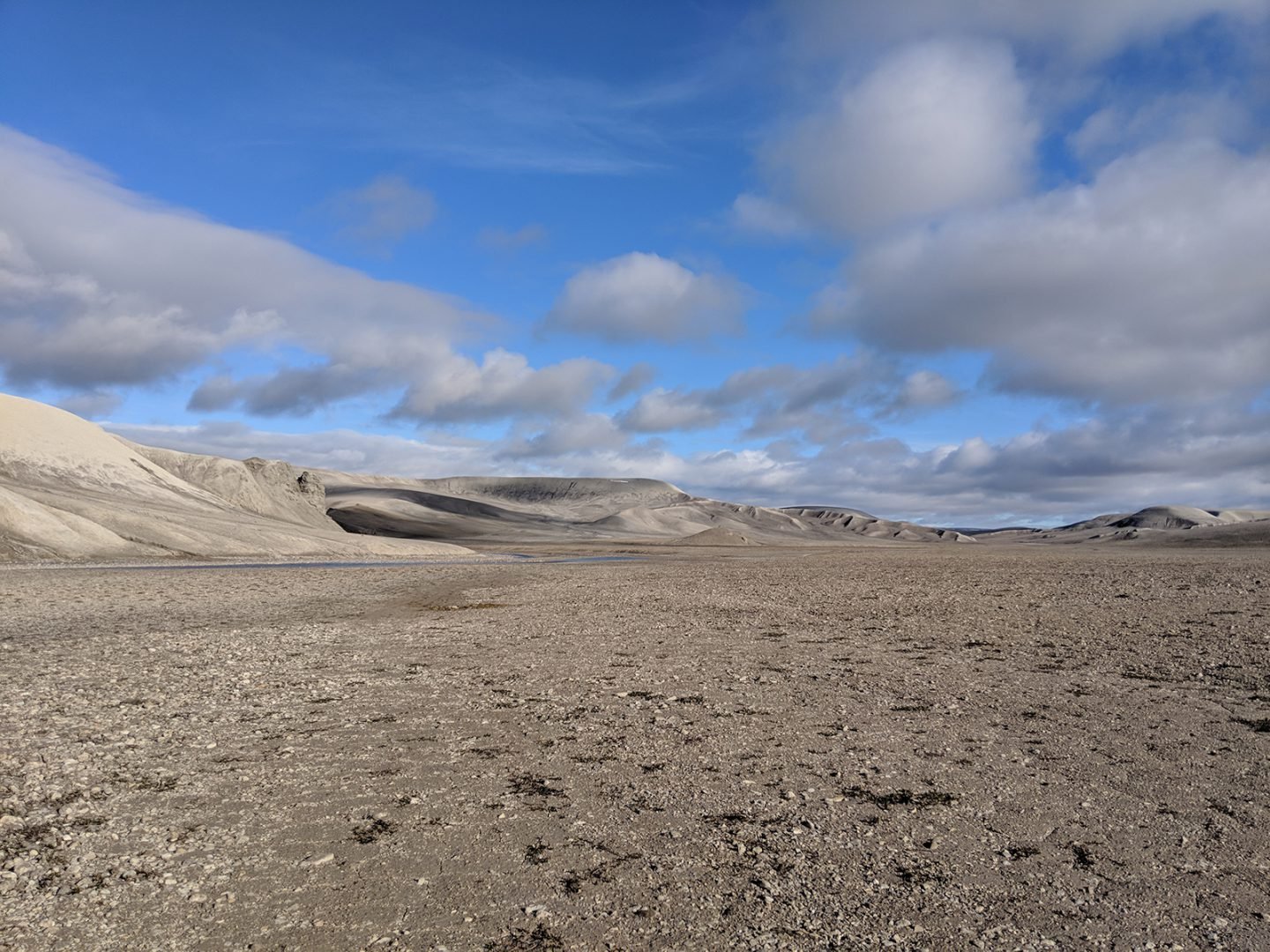Devon Island in the Canadian High Arctic, the planet’s largest uninhabited island and the closest thing to Mars on Earth, can now be explored virtually via Google Street View.
The new Google project, which launched today, also features other visual assets to help aspiring explorers get a feel for the unique landscape of Devon Island and the research being done there, including a 10-minute documentary about NASA’s work on the island and a Google Earth guided tour.
The project was led by Katja Minitsenka, a program manager with Google, in collaboration with NASA, the Mars Institute and the SETI Institute.
“Google allows us a very unique opportunity to work on projects we’re passionate about,” explains Minitsenka, who has always had an interest in space exploration. Last March, she teamed up with Dr. Pascal Lee, chairman of the Mars Institute and director of the the Haughton-Mars Project (HMP), a field research project on Devon Island that’s funded by NASA.
After three months of preparation, Minitsenka, along with a small team of Googlers and NASA scientists, set out on a week-long expedition to HMP’s base camp on Devon Island.
The mission wasn’t easy. Due to the harsh climate, the expedition could only be conducted within a small window of time in mid-summer — “The only time when the island is not completely covered by snow,” says Minitsenka.





